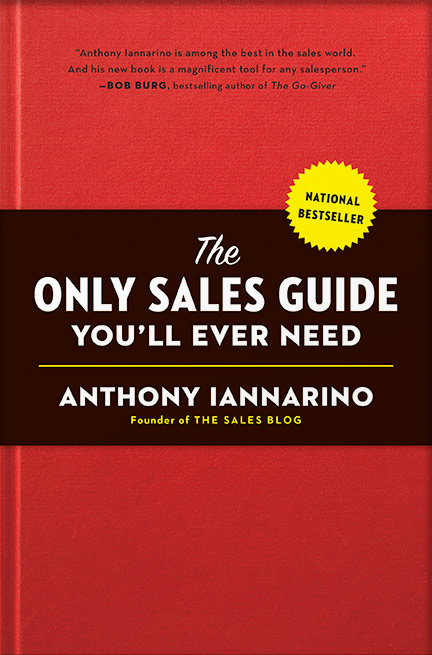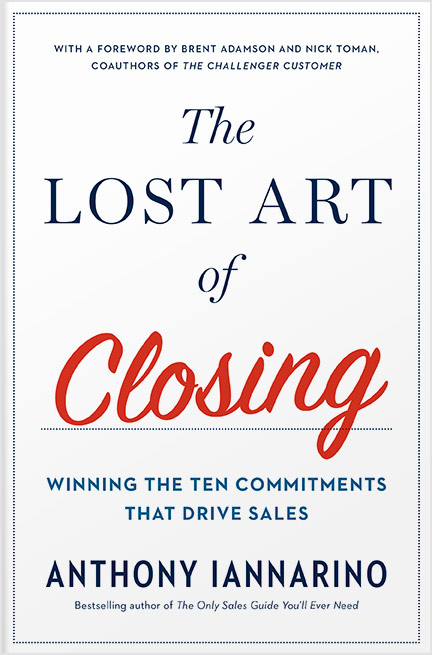The Gist:
- Your solution can be constrained by what your client can afford to spend.
- Limit or expand your solution design based on the client’s investment.
- Moving the investment conversation forward helps you dial in a solution the client can afford.
One of the challenges of selling well is managing all the different conversations you have with clients, as timing them matters more to your end result than you might imagine. In chaos theory, there is a concept called “sensitive dependence on initial conditions,” the idea that when you drop something into a chaotic system, even tiny differences are magnified. One of the initial conditions in the sales conversation is your client’s ability and willingness to invest in the right solution, something that often constrains what is possible. They may not be willing to invest everything they are able to afford, so consider both conditions in your investment conversations.


Sensitive Dependence
No matter how much your prospective client needs to change, there are going to be limits to what they can do to solve their problem. One of those limits is the amount of money they can invest in the problem. You will find prospective clients who are failing miserably, who desperately need help, and who are very close to experiencing a catastrophe—but who also believe they should not have to spend a single dollar more to improve their results. This trend even holds when the cost of the problem is more than the additional investment they need to improve their results.
You might believe that clients who stubbornly refuse to spend more are simply immature businesspeople who are unable to recognize that their costs are already higher than the price you’re asking them to pay. While this is occasionally true, more often the problem is with their assumptions, setting flawed “initial conditions” on which their results are dependent. Some sales organizations also struggle to change the inputs that make up their assumptions because they have no power to increase their prices.
Fortunately, there are also companies that need better results and are able and willing to invest more in them. These companies and their decision-makers can put more money into a result: they may be better organizations, they may have a hot hand and need to capitalize on an opportunity, or they may simply have changed their budget to invest more in their strategic outcomes. Whatever the reason, these clients’ initial conditions will feature fewer investment constraints.


The Magnifying Effect of the Investment
You might not like it, but the investment conversation is part of discovery. The investment a client is able and willing to make has a great deal to do with what solutions are available to them. A smaller investment often limits what is possible, while a greater ability and willingness to invest in the solution almost always allows you to think big, create greater value, and produce more exceptional results.
Your prospect’s first encounter with your pricing shouldn’t be when you hand over a proposal after presenting your solution. The price should neither cause them to panic at how expensive your solution is nor produce the (much rarer) relief that it’ much cheaper than they imagined. Instead, it should be right inside the range you suggested when you discussed possible solutions.
One of your responsibilities in discovery is to acquire the information you need, so you can develop a solution that will help your client achieve the new and better results they need. By leaving out the conversation about what the client can spend, you miss one of the variables necessary to proposing the right solution. The less money available for a deal, the less of a solution you can provide—even if it is better than the solution the client has now. More money means you are able to show the client something much better, and potentially, something far greater than they imagined possible.


Moving the Money Conversation Forward
The earlier you address the client’s constraints, the sooner you know what is possible. When you know you have a higher price than your competitors, you may find it valuable to share that fact in your very first sales call by asking the contact whether they would pay more to eliminate the problems and challenges they are currently experiencing. Gaining that information will inform you whether you should disqualify that prospect or keep pursuing the opportunity.
The money conversation is part of the sales conversation. Any fear or trepidation you might have about talking about money is not rational, especially when the price doesn’t change based on when you have the conversation. You can’t simply hope that you’ll create enough value and differentiate yourself enough that your client will gladly hand over their wallet when you give them pricing. When your price is higher than the number they had in mind, you will almost certainly lose the deal.
It’s worth clarifying the project budget early in the conversation, not just because it’s part of the initial condition but because it influences what solutions are even possible. Given a low number, you still may be able to create an adequate (though not ideal) solution that makes a meaningful improvement for your client, even if it just buys them a little time. When a greater investment is possible, you can provide your client with a game-changing solution boasting a much greater return on their investment.
Do Good Work:
- When do you communicate about the investment necessary for better results?
- Do you have a range of solutions that allow you to create greater or lesser value in a solution, based on the client’s needs and the money they can invest?
- How do you move the conversation forward to ensure you provide a solution that the client can agree to purchase?








.jpg?width=768&height=994&name=salescall-planner-ebook-v3-1-cover%20(1).jpg)


